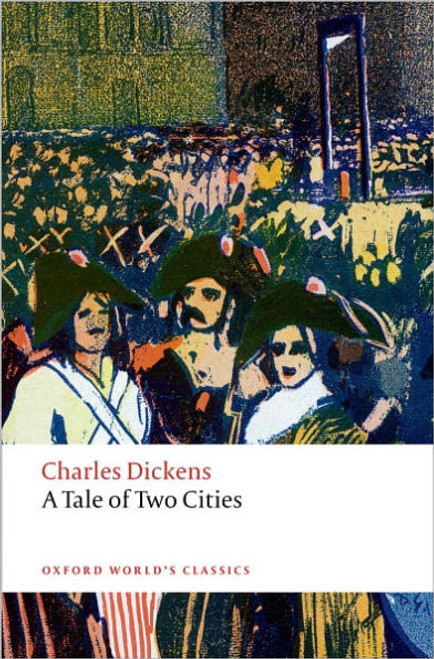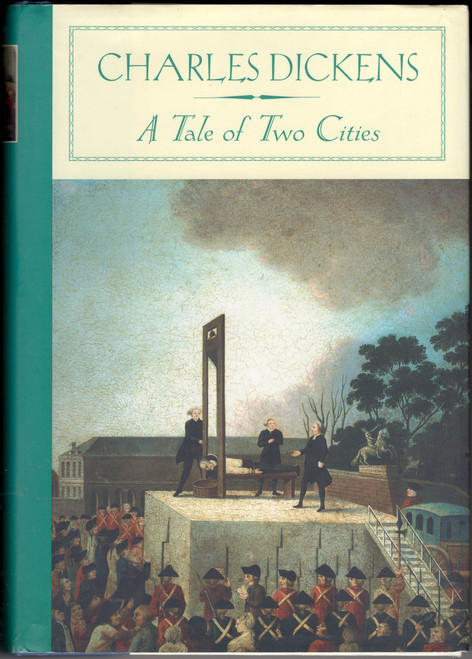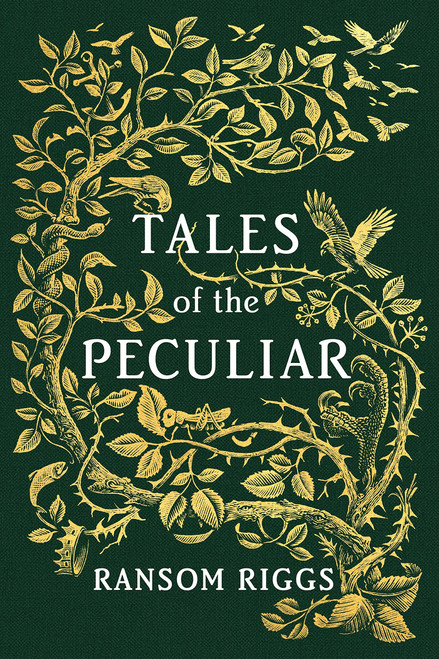'It was the best of times, it was the worst of times.'
Two cities, and two men caught up in the terrifying events of the french Revolution. In London, French aristocrat Charles Darnay and dissolute English barrister Sydney Carton fall in love with the same woman. Unwillingly drawn to Paris, Darnay faces the revolutionary anarchy of the Terror; Carton, too, his destiny entwined with that of his rival, faces his ultimate test in the French capital.
Considered by Dickens to be 'the best story I have written', A Tale of Two Cities is a powerful portrait of tumult and change for individuals, as well as for the course of history. This edition includes extensive notes on the background to the Revolution and a useful chronology of the historical and fictional events in the novel.
Edited with an Introduction and Notes by Andrew Sanders.
About the Author
When the family fortunes improved, Charles went back to school, after which he became an office boy, a freelance reporter and finally an author. With Pickwick Papers (1836-7) he achieved immediate fame; in a few years he was easily the post popular and respected writer of his time. It has been estimated that one out of every ten persons in Victorian England was a Dickens reader. Oliver Twist (1837), Nicholas Nickleby (1838-9) and The Old Curiosity Shop (1840-41) were huge successes. Martin Chuzzlewit (1843-4) was less so, but Dickens followed it with his unforgettable, A Christmas Carol (1843), Bleak House (1852-3), Hard Times (1854) and Little Dorrit (1855-7)reveal his deepening concern for the injustices of British Society. A Tale of Two Cities (1859), Great Expectations(1860-1) and Our Mutual Friend (1864-5) complete his major works.
Dickens’s marriage to Catherine Hoggarth produced ten children but ended in separation in 1858. In that year he began a series of exhausting public readings; his health gradually declined. After putting in a full day’s work at his home at Gads Hill, Kent on June 8, 1870, Dickens suffered a stroke, and he died the following day.
Andrew Sanders is a lecturer in English at Birkbeck College, London. He is Honorary Editor of The Dickensian, and editor of Barry Lyndon by William Makepeace Thackerary, and Sylvia's Lovers by Mrs. Gaskell, both in The World's Classics series.







